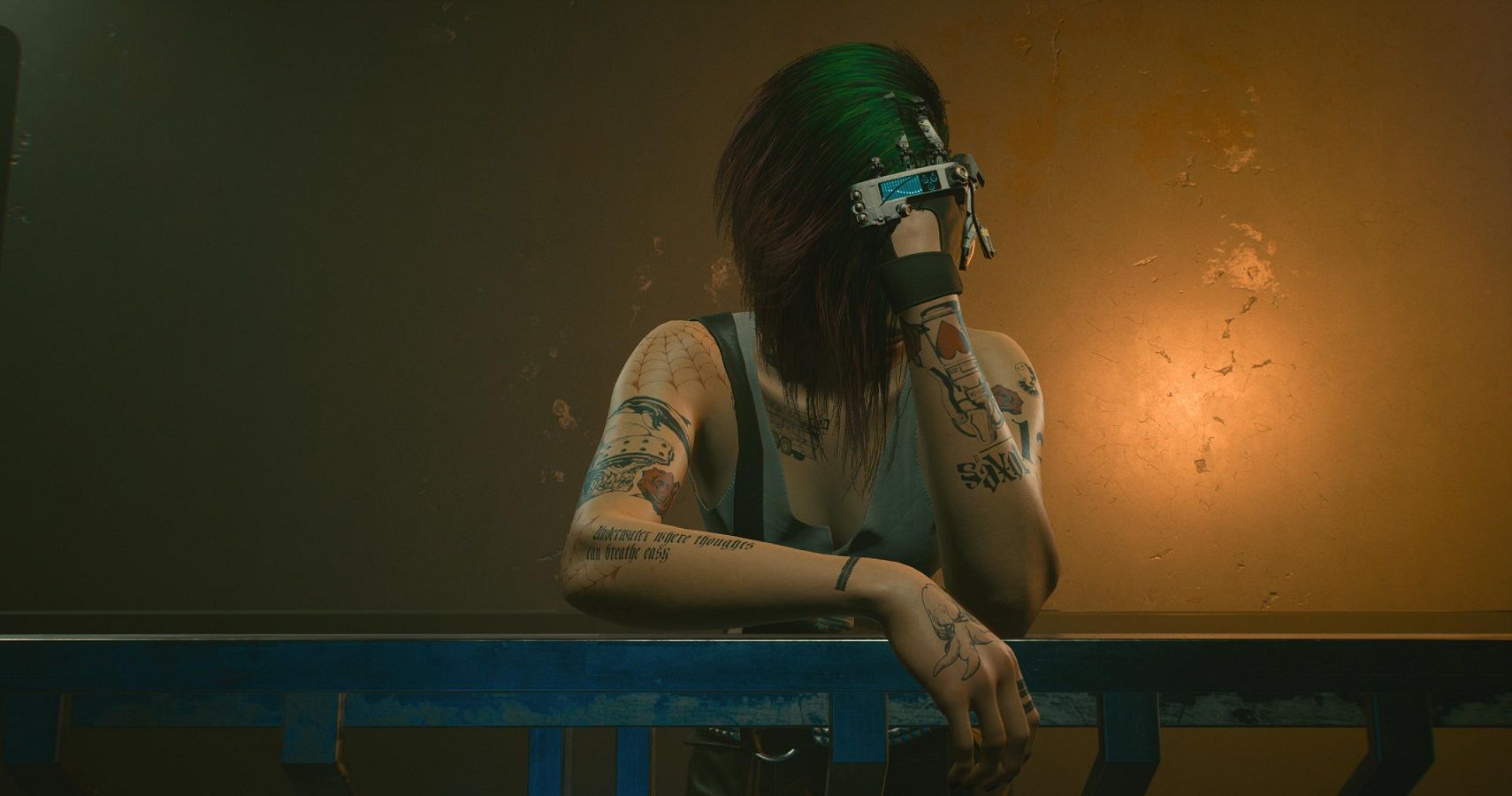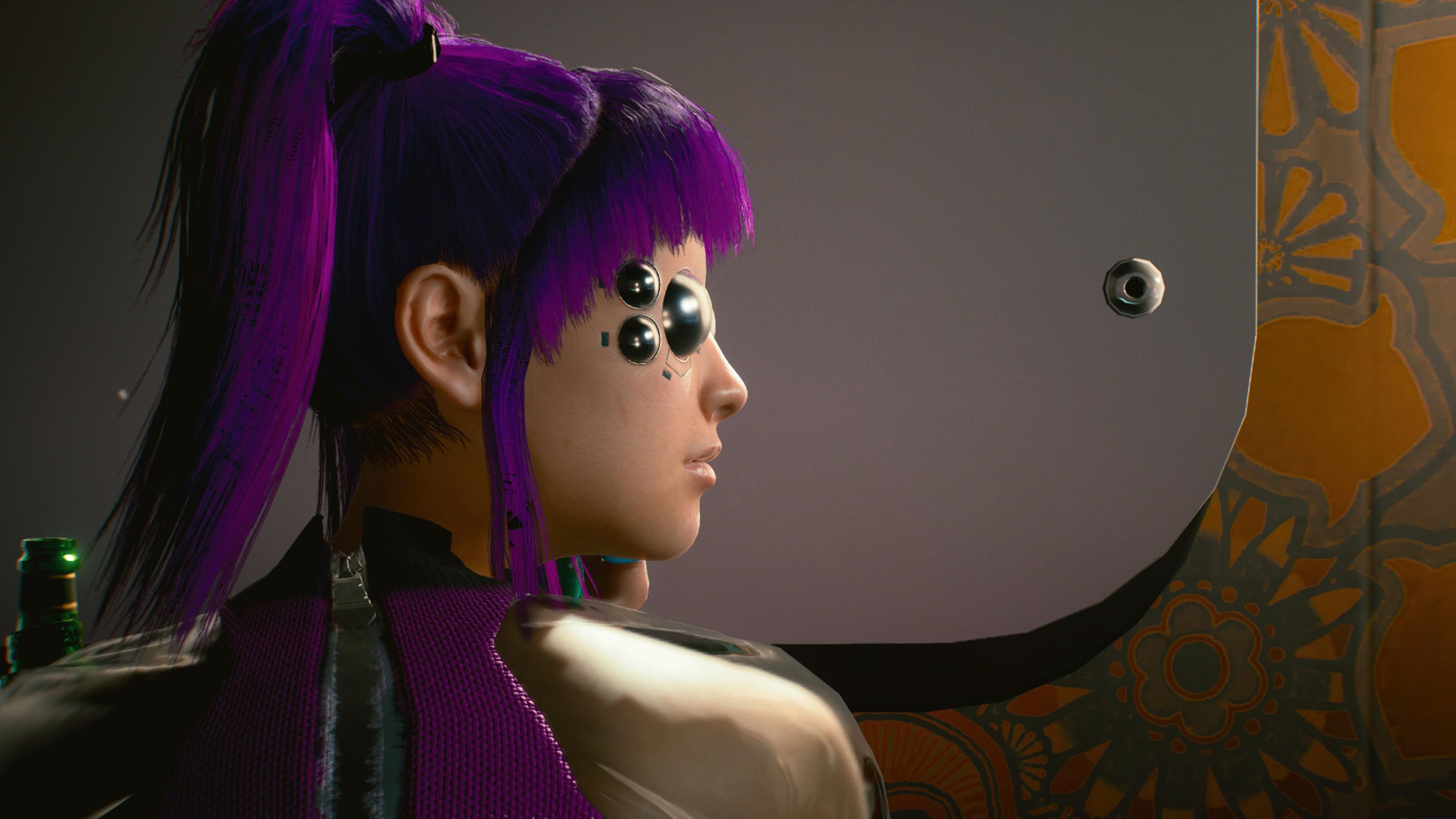Cyberpunk 2077 was a mess when it launched. Without even getting into the themes, the tropes, the narrative, the gameplay… on the most basic and functional level, it was a mess. I played on PS5, and I averaged a crash every 45 minutes or so - I dread to think how that experience must have been on last-gen machines. At the time, these crashes were irritating, but now I see them as historical artefacts. These crashes were not just a video game succumbing to bugs, they were the virtual equivalent of the Dead Sea Scrolls.
Cyberpunk 2077 was immediately hit with a deluge of criticism at launch for how poorly it performed on console, in fierce opposition to the rave reviews it received from critics. Reviewers had only been given access to the PC version, which ran much smoother - this in and of itself is not unusual, but the huge disparity between critical consensus and public opinion is an important factor in Cyberpunk 2077 1.0’s historical significance. Lots of games release with a similar disparity, because players usually factor in price or value more than critics, because things like microtransactions can sometimes be added after the reviews are out, because of review-bombing over niche issues, or just down to good old-fashioned differences of opinions. But it doesn't happen to games like Cyberpunk 2077.
CD Projekt Red, the developer of Cyberpunk 2077, was the darling of gamers everywhere. The success of The Witcher 3, combined with robust DLC packages, numerous free updates, and an aversion to microtransactions made it seem incredibly consumer-friendly. On top of this, Cyberpunk 2077 had an eight-year-long hype cycle, one that never seemed to be dulled by the numerous reports of heavy crunch at the studio or several delays. “Take your time!” came the responses to the delays. “We’ll love it when it’s ready!” But in the end, money talks. The game still wasn’t ready, but the share value couldn’t withstand another delay - at least not one that would see it miss the Christmas window, especially one that coincided with a next-gen console launch. So, it was kicked out into the world bloody, screaming, and full of bugs. Cyberpunk 2077’s release is so perfectly emblematic for modern gaming that it needs to be preserved somehow.
In a world where the gamer motto is “no preorders”, Cyberpunk 2077 was the exception. It’s CD Projekt Red, guys. Plus, it has Keanu Reeves, the devs wouldn't lie to us - and with CDPR's carefully constructed public image, the fanbase made no distinction between the ethos of the devs and those of the executives. They’re on our side. They’re our friends. Cyberpunk 2077’s marketing constructed this parasocial relationship with its consumers - not players, this was years before the game was available - through a very particular attitude that most game companies only allude to, or else avoid entirely. Cyberpunk 2077 marketed itself to Gamers with a capital ‘G’. I use ‘guys’ for a reason - Cyberpunk 2077’s campaigns spoke to a very specific audience. While other companies looked to expand their audience by including women in their adverts, focussing on diversity, or trying to distance themselves from the negative stereotypes of ‘being a gamer’, Cyberpunk 2077 consciously leaned into all of those things.
The game’s Twitter account cosied up to Elon Musk, even though he represents the classic cyberpunk villain, because his political incorrectness was something to be harnessed. When the ESRB rating was revealed, the game’s Twitter responded with “we don’t f*ck around,” asterisk and all, because nothing is cooler than being slightly too afraid to say “fuck”. Even around the transgender character creator - that in itself has issues, but let’s park them for now - Cyberpunk 2077’s Twitter account chose not to embrace this feature as something progressive and positive to attract a new audience to the game, but to mock it with jokes about vagina options in FIFA 78. This was not just a throwaway gag, this was a deliberate attempt to appeal to Cyberpunk 2077’s established playerbase, which is more likely to celebrate taking pot-shots at trans people than praise representation.
This hype had reached fervent levels, and in Cyberpunk 2077’s first week of sales, it smashed records all over the place for copies sold, copies pre-ordered, digital downloads, Steam sales, Steam concurrents, Twitch streams… if there was a record around that Cyberpunk 2077 could break, it probably broke it. This is why that disparity between the initial critic reviews and the public perception is so important. Arguably more than any other video game in history, players were ready to love this game. People were ready to christen it the greatest revolution in gaming since Tetris off the back of some trailer footage and Keanu Reeves telling them they were breathtaking - and the version that released was so irredeemably terrible that goodwill disappeared in an instant.
The shareholders banked on putting the undying love of their consumers to the test, and it turns out it wasn’t quite undying. There are still swathes of people who will defend it as “perfect but for the bugs,” but the battle has already been lost. Sony pulled it from the PS Store (it still cannot be purchased three months later), the allegedly game-saving patches have been delayed, the hype has well and truly died, and - most importantly for the decision makers in suits - CD Projekt Red’s reputation has been scarred, and its share price took a beating. It actively pursued a consumer-friendly image only when it was profitable to have this image, and when it came to maintaining this image or making a quick buck, the decision makers at the top chose the latter.
That’s not even getting into the swathes of cut content, or discussing any of the actual content, or the fact that the initial build of the game could cause dangerous seizures. There’s also CD Projekt Red’s handling of these flaws, which included telling customers to ask for a refund via the existing systems rather than offering any tangible advice.
Cyberpunk 2077 1.0 is modern triple-A gaming incarnate. Everything is hype and money and brand and attitude. CDPR’s consumer-friendly image was just that - an image. The second it became profitable to ditch it, the image was ditched.
While the game is not on the Sony store, it is still playable on PlayStation, either with the disc or via a digital download picked up in the first week of sales. Despite Microsoft also nixing sales around the same time as Sony, it has since been added back to the Xbox storefront, and again, was always playable on Xbox via disc or an earlier download. People still have the game, and it needs to be fixed. My second playthrough was a lot smoother, so it’s already getting there, even if a few issues are probably too deep to ever be patched out. Cyberpunk 2077 1.0 was barely playable, so it would have been unacceptable had CDPR not fixed the most glaring issues.
But these most glaring issues are what makes the release so significant. With digital storefronts shutting down, servers for live service games being switched off, and pretty much every major game around getting some sort of post-release patch, gaming has a real problem with permanence. For players, Cyberpunk 2077 1.0 needed to be fixed, but for preserving this era in gaming, Cyberpunk 2077 1.0 is one of our most important relics. It is one of the biggest cultural events our industry has ever experienced, and it cannot be lost to history. Patch it out for the players, sure. But that original version belongs in a museum, because Cyberpunk 2077 was not just any old game, and this was not just any old release. It was gaming history happening right before our eyes, and we shouldn’t let that crumble away.





